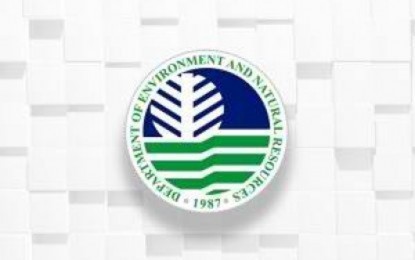
MANILA – The Department of Environment and Natural Resources (DENR) is mulling the implementation of a "big brother-small brother" strategy to capacitate small miners and enhance the resilience of the mining community.
In a press release on Monday, DENR Secretary Antonia Loyzaga said they are planning to incorporate said strategy within the social development and management programs (SDMP) of large mining companies.
“It is high time for big mining firms to help small-scale miners meet their social development targets by setting aside a portion of their social development fund for the purpose,” Loyzaga said.
“There must be a way to negotiate the resilience of communities where mining is happening, the social development needs to happen. This way inclusivity in terms of the progress of the community as a whole can really be institutionalized," she added.
To achieve this, Loyzaga emphasized the need to revisit the social development funding of large mining companies.
She said that President Ferdinand R. Marcos Jr. is open to responsible miners who consider not only the environmental aspects of mining, but also promote social development.
“In this government, you cannot move forward with your for-profit agenda without a national dividend that redounds to a local community. And that’s the bottom line,” she said.
DENR Administrative Order No. 2010-21, or the Revised Implementing Rules and Regulations of Republic Act 7942, otherwise known as the Philippine Mining Act of 1995, requires mining contractors and permit holders to have an SDMP, which aims for the sustained improvement in the living standards of host and neighboring communities.
With a timeline of five years, the SDMP is funded by the companies themselves by allocating 1.5 percent of their annual expenses.
Out of this allocation, 75 percent goes to community development while 10 percent goes to the development of mining technology and geosciences, and the remaining 15 percent is used for an information, education, and communication campaign. (PNA)
